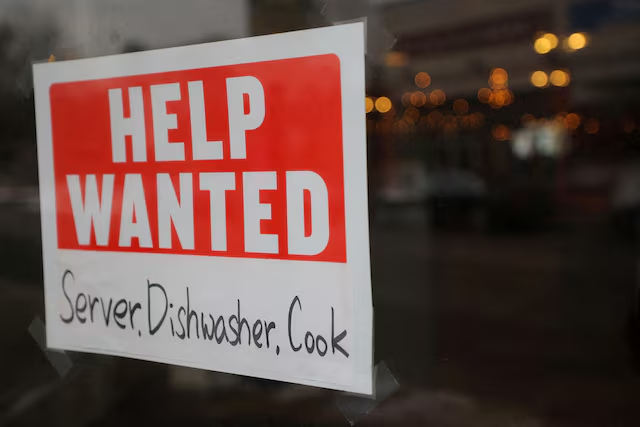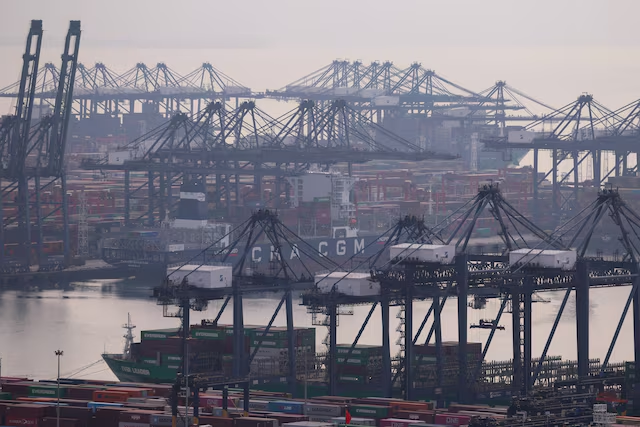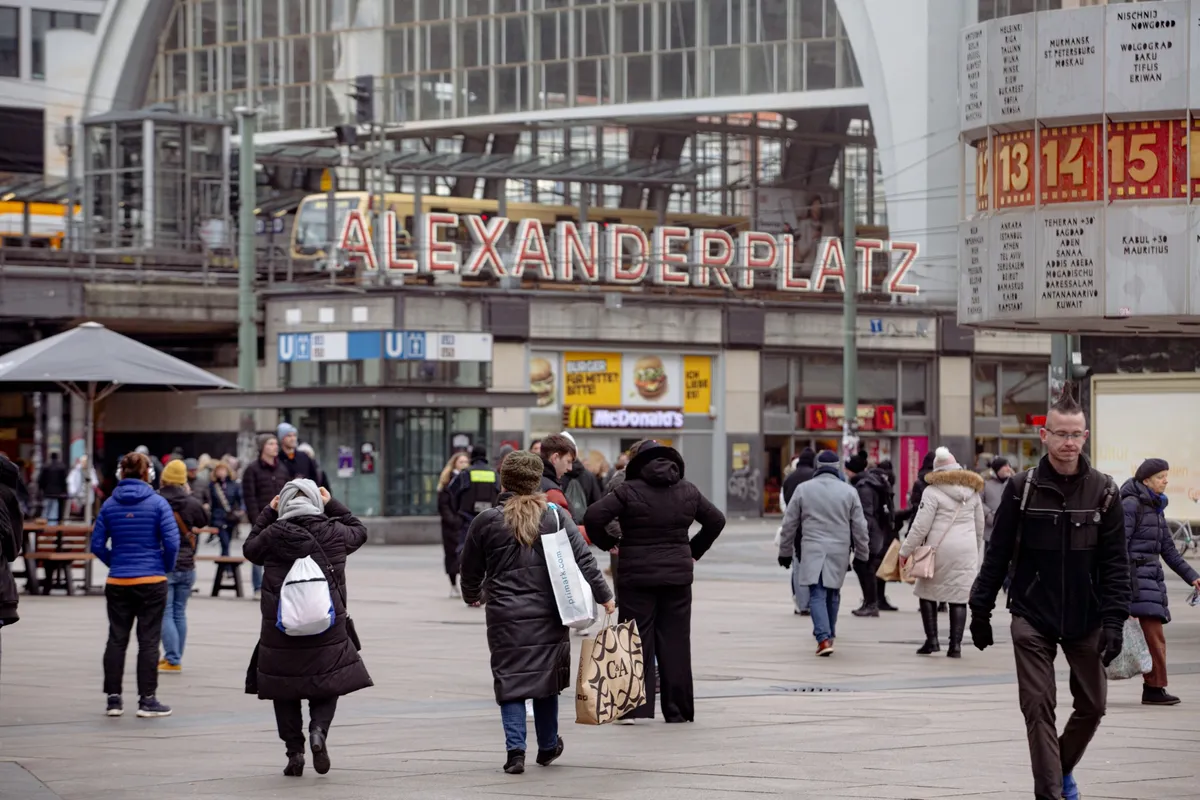As analysts increasingly sound alarms, two U.S. states—California and New York—are drawing special scrutiny. Because of their sheer size, economic influence, and integration into national supply chains, any substantial downturn in either could have ripple effects powerful enough to tip the entire U.S. into recession.
A recent study by Moody’s Analytics suggests that these states are acting like “canaries in the coal mine.” While neither is officially in recession now, signs of stress are growing. If one falters significantly, the consequences could be far-reaching.
Why These States Matter More Than Others
California and New York are economic giants. If California were a standalone country, its output would rank among the top economies globally. New York, meanwhile, is a global financial hub whose fortunes cascade through markets everywhere. Their internal health holds outsized weight:
- Their combined output makes up a major share of U.S. gross domestic product.
- They generate significant tax revenue, corporate activity, and consumer demand that support national supply chains.
- Many major industries (tech, entertainment, finance) have major operations in these states—meaning local downturns can exert national drag.
Thus, even if 48 other states are growing or stable, a downturn in California or New York could erode national momentum and push the U.S. economy off balance.
How Are They Doing Now?
California: Signs of Strain
Among the two, California is showing more urgent signs of trouble:
- Job Growth Has Stalled — Over the past year, the state has lost a net 21,000 jobs, while its unemployment rate hovers around 5.5%.
- Economic Sectors Weakening — Its powerhouse industries—technology, entertainment, and construction—are showing contraction or slow growth.
- Population and Workforce Stress — High housing costs, regulatory burdens, and now stricter immigration enforcement are complicating labor supply.
- Forecasts Are Flat — Several state-level economic outlooks predict minimal growth through 2026, with possible mild contraction in some sectors.
Still, not all is bleak. Californians continue to spend on services and consumer goods at a rate above the national average, helping prop up portions of the economy. But the concern is that much depends on a narrow set of industries already under pressure.
New York: Stable Yet Vulnerable
New York’s economy appears steadier in the short term:
- Employment is holding up with an unemployment rate around 4%.
- The financial sector continues to perform strongly, and real estate remains a significant contributor.
- However, New York’s strengths are also its vulnerabilities: a heavy concentration in finance and real estate makes it sensitive to market corrections.
- Meanwhile, New York has been losing residents at a steady pace—a trend that pulls down tax bases and economic dynamism.
So while New York is not collapsing, the balance is delicate.
How Close Is the U.S. to a Turning Point?
According to the Moody’s analysis, 22 states are already in recession or showing persistent economic weakness, with another 13—including California and New York—“treading water.” These states account for a large portion of the U.S. economy, which means national growth is becoming more precarious.
Some macro indicators are also flashing caution:
- National hiring appears to have slowed, with weak momentum in wage growth and hiring in many sectors.
- Consumer confidence is softening, and inflation pressures remain persistent.
- Key inputs into growth—manufacturing, construction, exports—are under strain due to trade uncertainties and supply chain bottlenecks.
- In short, the broader U.S. economy is not yet in freefall, but the margin of error is shrinking.
In markets and among economists, the talk now is less about if recession might come, and more about when and how hard it will land.
Risks That Could Push the Slide Further
The factors that could push these states—and by extension the U.S.—into deeper trouble include:
- Trade and Tariff Turbulence: New restrictions, retaliatory actions, or supply shock disruptions could disproportionately affect tech, manufacturing, and services.
- Policy Shifts on Immigration and Labor: Tighter border policies and reduced mobility could reduce critical labor inputs for industries already operating under margins.
- Financial Market Shocks: A drop in stock markets, volatility in credit, or tremors in real estate could reverberate strongly through both states.
- Fiscal and Tax Policy Pressures: High tax burdens, budget deficits, or spending cuts could exacerbate weakness.
- Population Outflows: Continued migration away from these states, particularly of high earners or businesses, could erode the tax base and reduce in-state investment.
Because so many national firms keep headquarters or major branches in these states, hardship there can translate into job cuts, investment pullbacks, and risk aversion across the country.
What to Watch in the Coming Months
For markets, industries, and policymakers trying to anticipate where things head next, here are key indicators to monitor:
- State-level employment data and job creation trends in California and New York
- Revenue and tax collection figures from both states, which signal fiscal stress
- Consumer spending and retail metrics in major metro areas
- Capital investment and corporate relocation decisions (e.g. firms shifting headquarters)
- Leading national indicators like industrial production, business orders, and trade data
- Policy changes at the federal level influencing trade, stimulus, or regulation
If these signals turn sharply negative in those two states, it could serve as an early warning that the U.S. as a whole is following.
What It Means for the Country
A collapse or even mild recession in California or New York would not just be a local problem. Economists warn of cascading effects:
- Credit and lending sectors heavily exposed to real estate or equity-linked firms could be squeezed.
- Investor confidence would likely waver, leading to pullbacks in equity and bond markets.
- Consumer sentiment across the U.S. may sour, affecting spending, hiring, and investment in more stable states.
- Supply chains and logistics would feel stress if ports, manufacturing hubs, or tech firms in those states scale back.
- Federal revenues and budget pressures may worsen, as national tax inflows erode under weaker growth.
In essence, those states are becoming multipliers of national risk.
Final Word: Watching the Bellwethers
As of now, the U.S. economy is not in an outright recession, and both states still possess strengths. But the cracks are widening. California faces more urgent headwinds, while New York remains stable—but vulnerable to broader shocks.
Many economists now view them as critical pivot points: if one falters too far, it may pull the rest of the country with it. To stay ahead, businesses, investors, and policy planners should treat the economic trajectory of those states not as regional stories, but as barometers for the direction of national growth.
















Leave a Reply